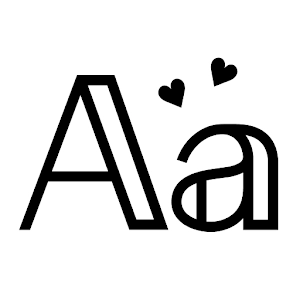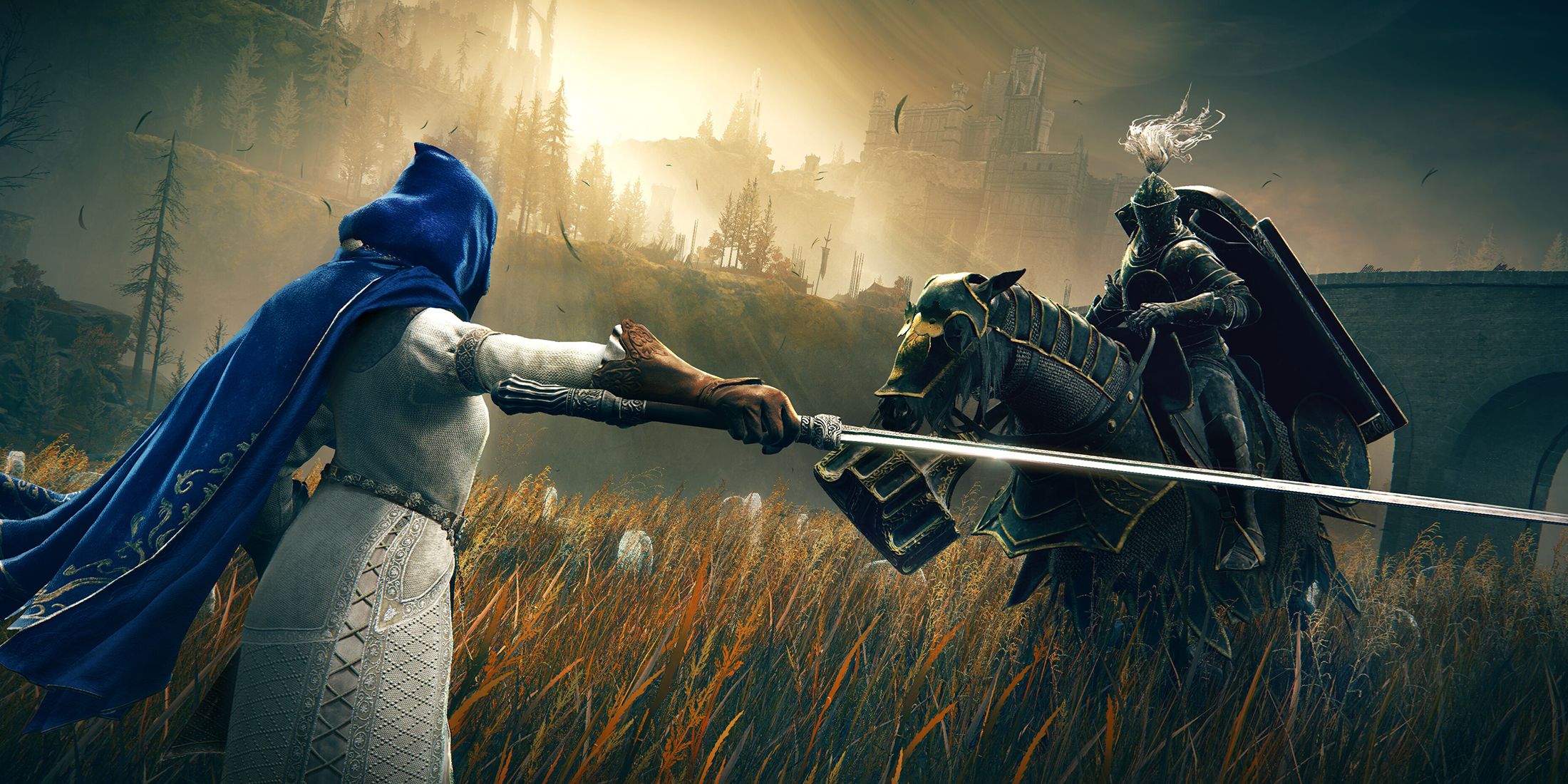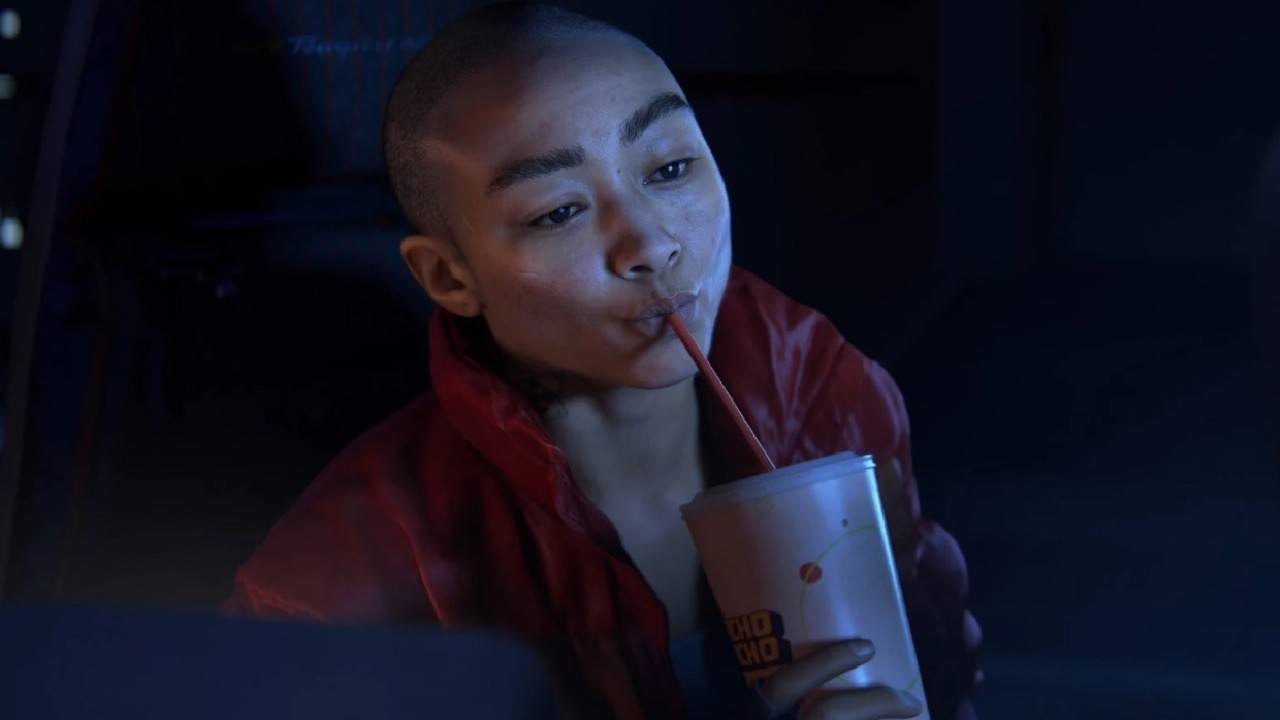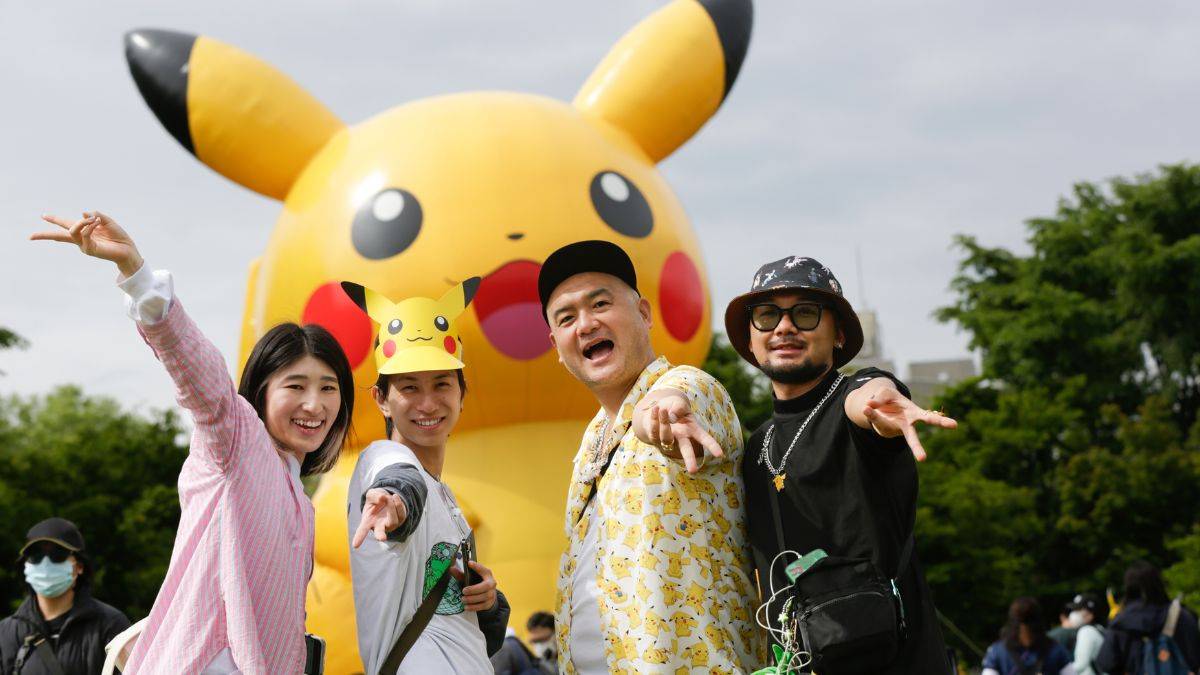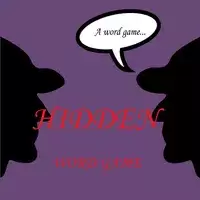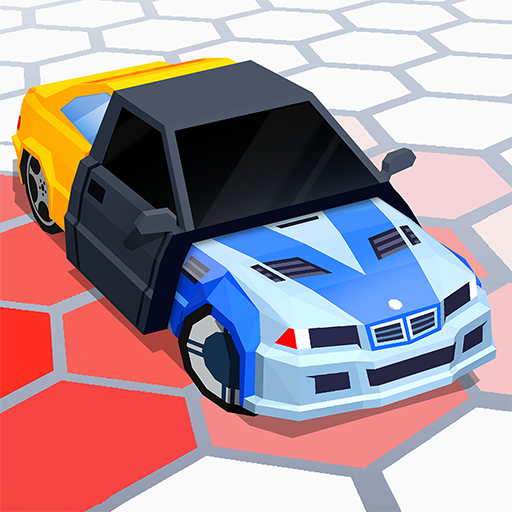The Most Terrifying Silent Hill Creatures and Their Symbolism
Unlike typical survival horror games that focus on external threats, the *Silent Hill* series delves into the inner psyche, manifesting personal fears and traumas through the town's supernatural influence. This psychological depth sets it apart within the genre.
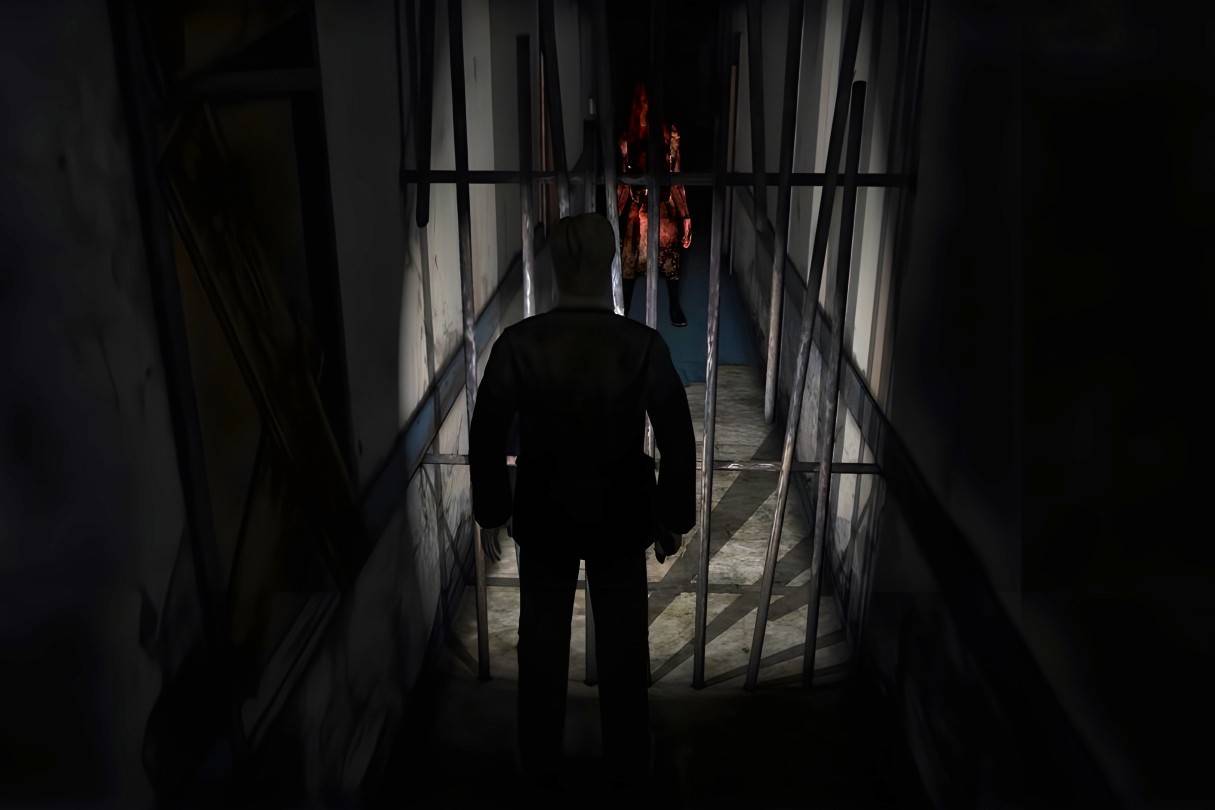
With its heavy use of symbolism and complex narrative, understanding the game's intricacies can be challenging. However, the creators have woven clues throughout the games to aid interpretation. This article examines the meanings behind the game's creatures. **Spoiler alert!**
Table of Contents
- Pyramid Head
- Mannequin
- Flesh Lip
- Lying Figure
- Valtiel
- Mandarin
- Glutton
- Closer
- Insane Cancer
- Grey Children
- Mumblers
- Twin Victims
- Butcher
- Caliban
- Bubble Head Nurse
Pyramid Head
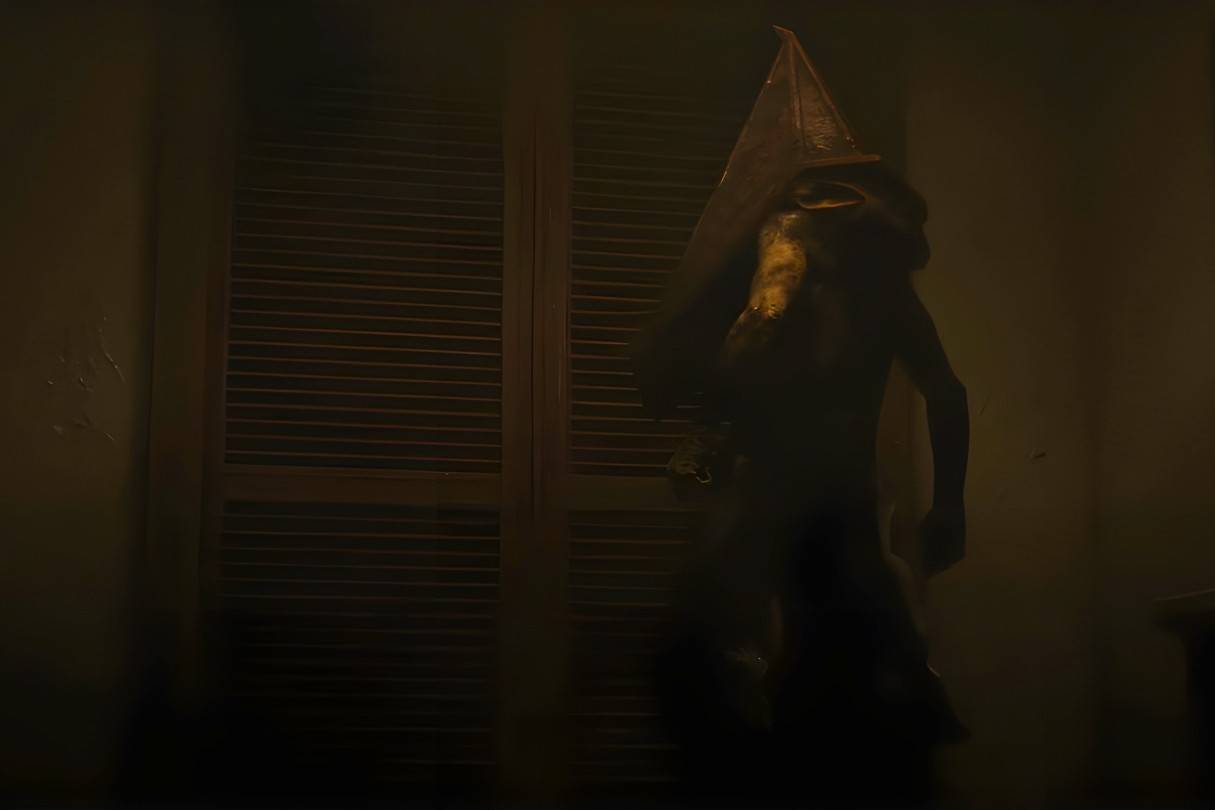
First appearing in *Silent Hill 2* (2001), Pyramid Head is a manifestation of protagonist James Sunderland's guilt and inner torment. Designed by Masahiro Ito, the character's distinct hand structure was influenced by PS2 hardware limitations, reducing polygon count while maintaining expressive movement. Described by Takayoshi Sato as a "distorted memory of the executioners," Pyramid Head represents Silent Hill's dark history of capital punishment, serving as both James' punisher and a reflection of his subconscious desire for retribution.
Mannequin
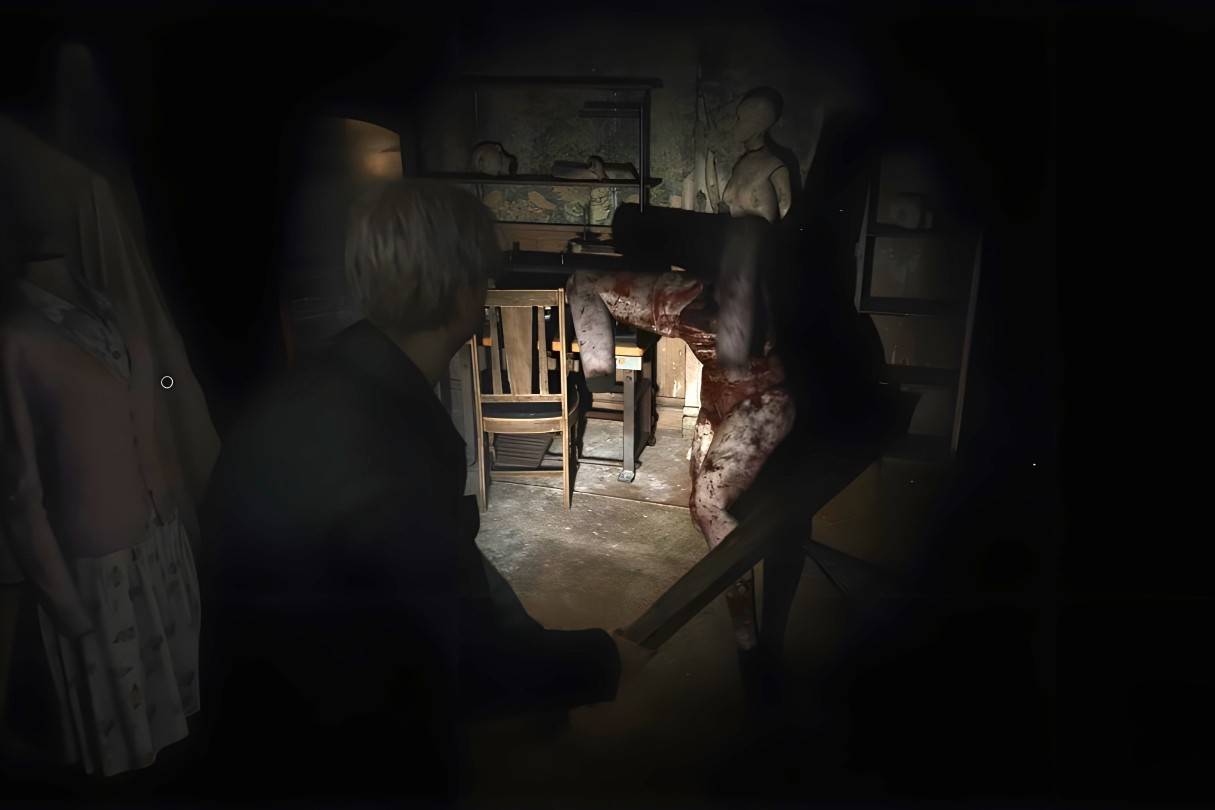
Introduced in *Silent Hill 2* (2001), the Mannequins are among nine manifestations of James Sunderland's subconscious, represented by nine red squares. Their design, by Masahiro Ito, draws inspiration from Japanese folklore. These creatures reflect James' repressed memories of his wife's illness; their leg braces resemble Mary's orthotic devices, while tubes on their bodies evoke hospital imagery. Influenced by Freud's psychoanalytic theories, the Mannequins embody James' urges and guilt.
Flesh Lip
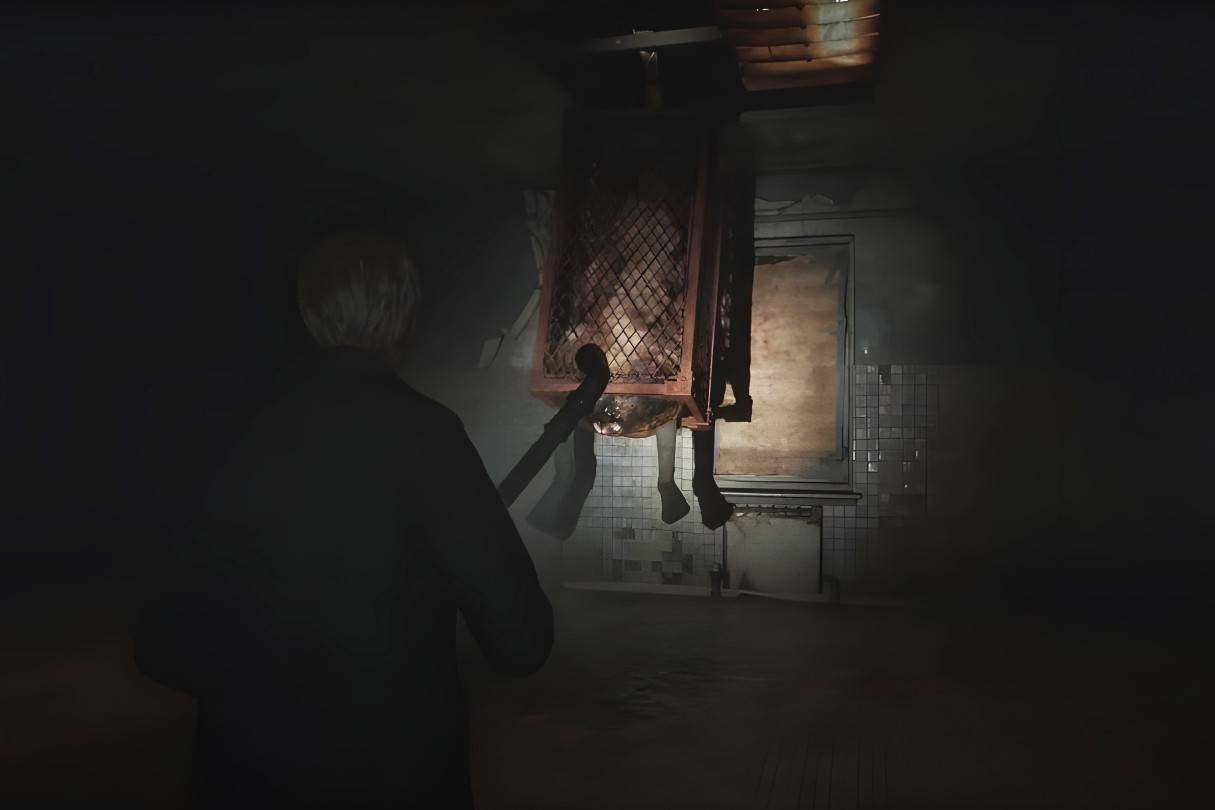
Debuting in *Silent Hill 2* (2001), Flesh Lip is another manifestation of James Sunderland's subconscious, its design inspired by Isamu Noguchi's *Death (Lynched Figure)* and Joel-Peter Witkin's *Man with No Legs*. It later appeared in *Silent Hill: Book of Memories* (2012) and other adaptations. This creature represents James' memory of Mary in her sickbed. Its hanging form, bound to a metal lattice, resembles a hospital bed, while its raw, damaged flesh echoes Mary's illness. The mouth on its abdomen symbolizes her verbal abuse during her final days. Notably, *Silent Hill 2* introduces creatures with mouths only after Flesh Lip appears, reinforcing the theme of James confronting painful memories.
Lying Figure
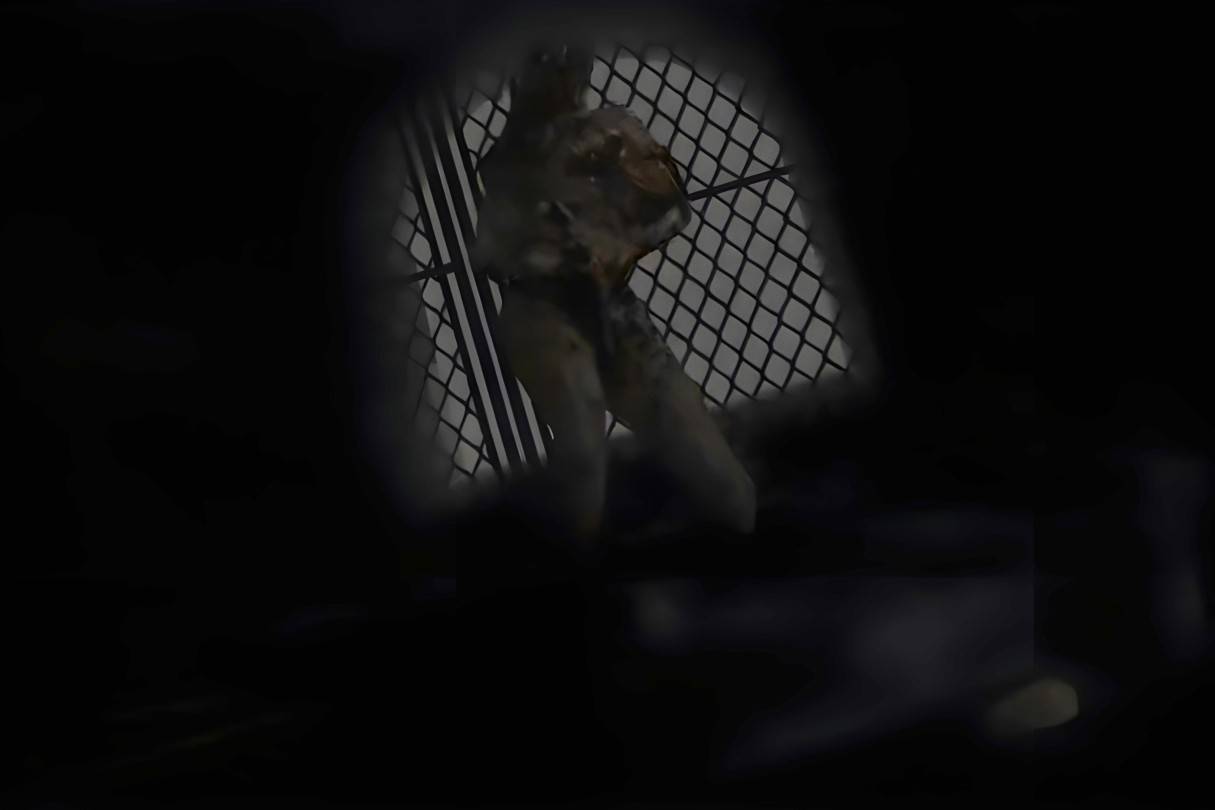
The Lying Figures, first encountered by James Sunderland in *Silent Hill 2* (2001), later appeared in films, comics, and the game's remake. These creatures embody James' repressed guilt and memories of Mary's suffering. Their twisted, writhing bodies resemble hospital patients in agony, while their upper torsos resemble body bags—symbolizing death. The name "Lying Figure" refers to both Mary's sickbed and corpse.
Valtiel
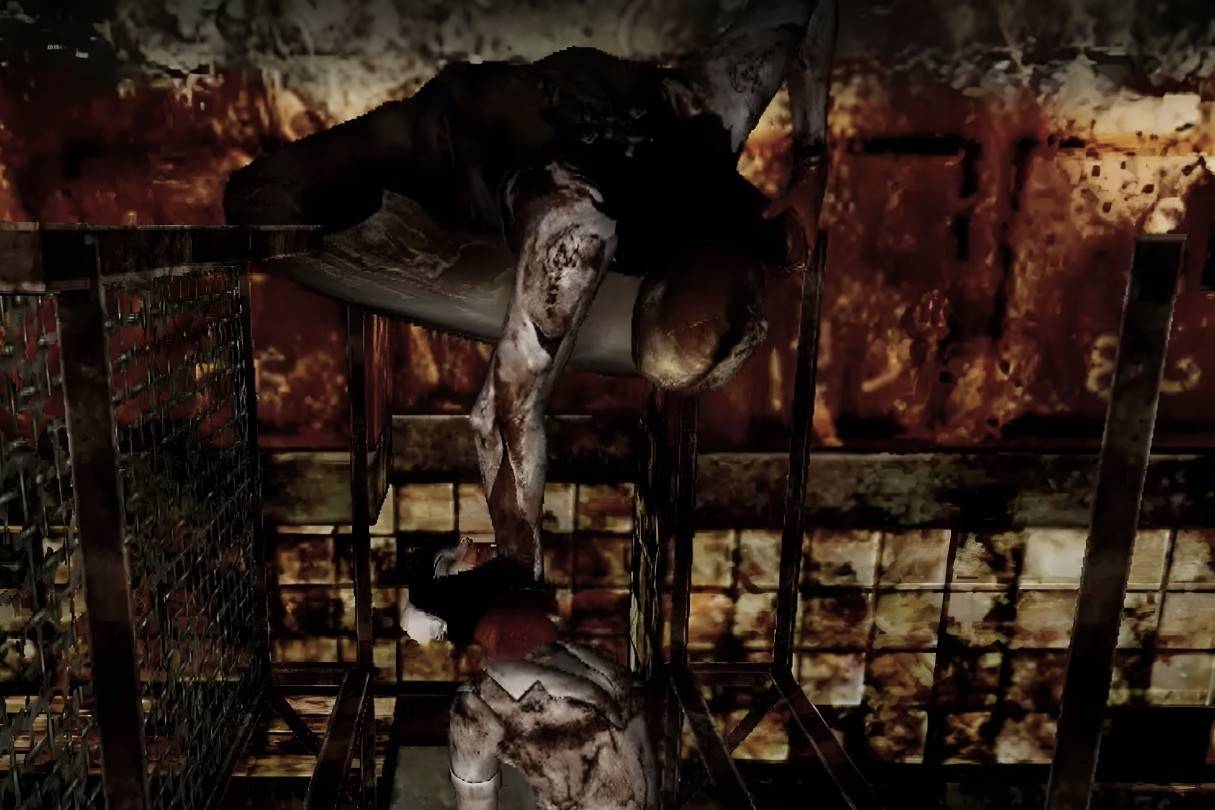
Valtiel, first seen in *Silent Hill 3* (2003), is a mysterious figure tied to the town's Order cult. His name combines "valet" (French for "attendant") with the angelic suffix "-el," meaning "Attendant of God." Unlike most creatures, Valtiel is not a subconscious manifestation but an independent being serving God. His masked, robed form resembles a surgeon, reinforcing his role as a midwife overseeing Heather's transformation into the "mother" of God.
Mandarin
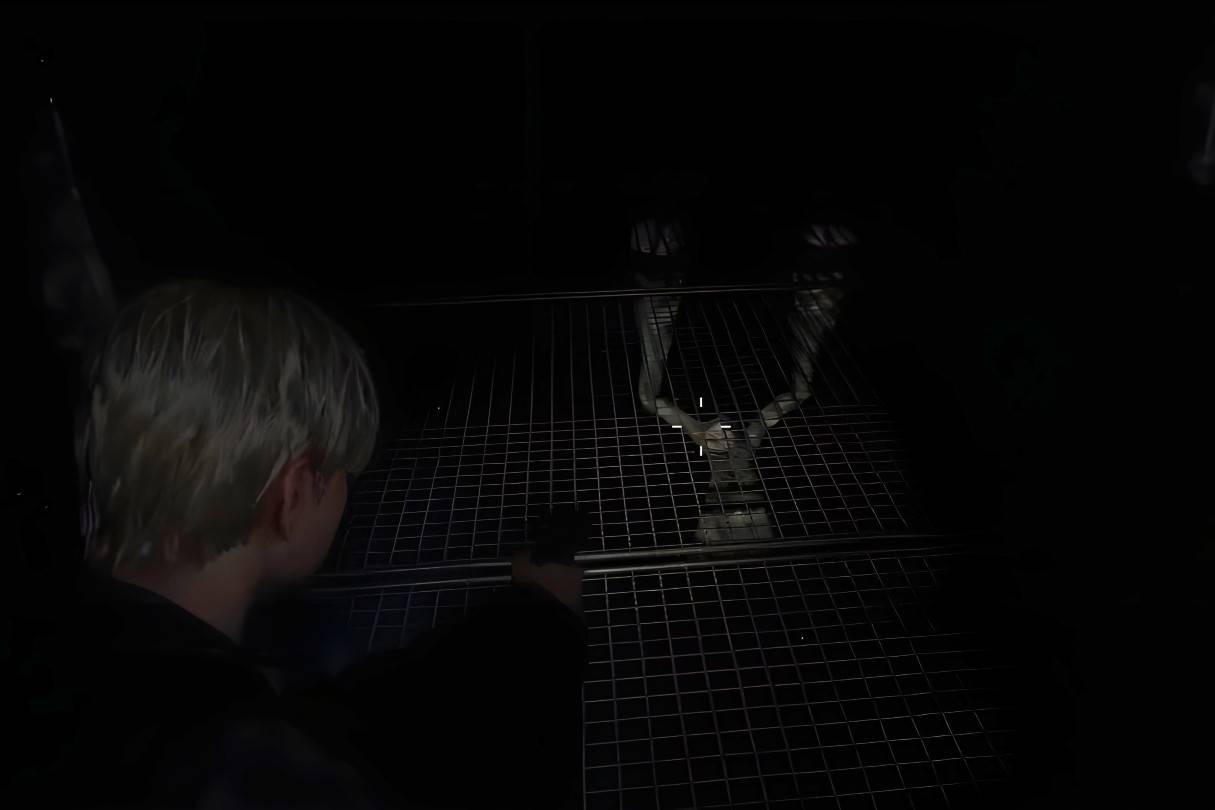
Mandarins, grotesque creatures lurking in the Otherworld of *Silent Hill 2* (2001), are suspended beneath metal grates, attacking James with tentacle-like appendages. These creatures embody James' anguish and memories of Mary's suffering. Their orifice-like mouths align with *Silent Hill 2*'s recurring "mouth" motif, symbolizing Mary's inner turmoil and anger. Mandarins are confined below ground, reflecting James' subconscious desire to escape his guilt and pain.
Glutton
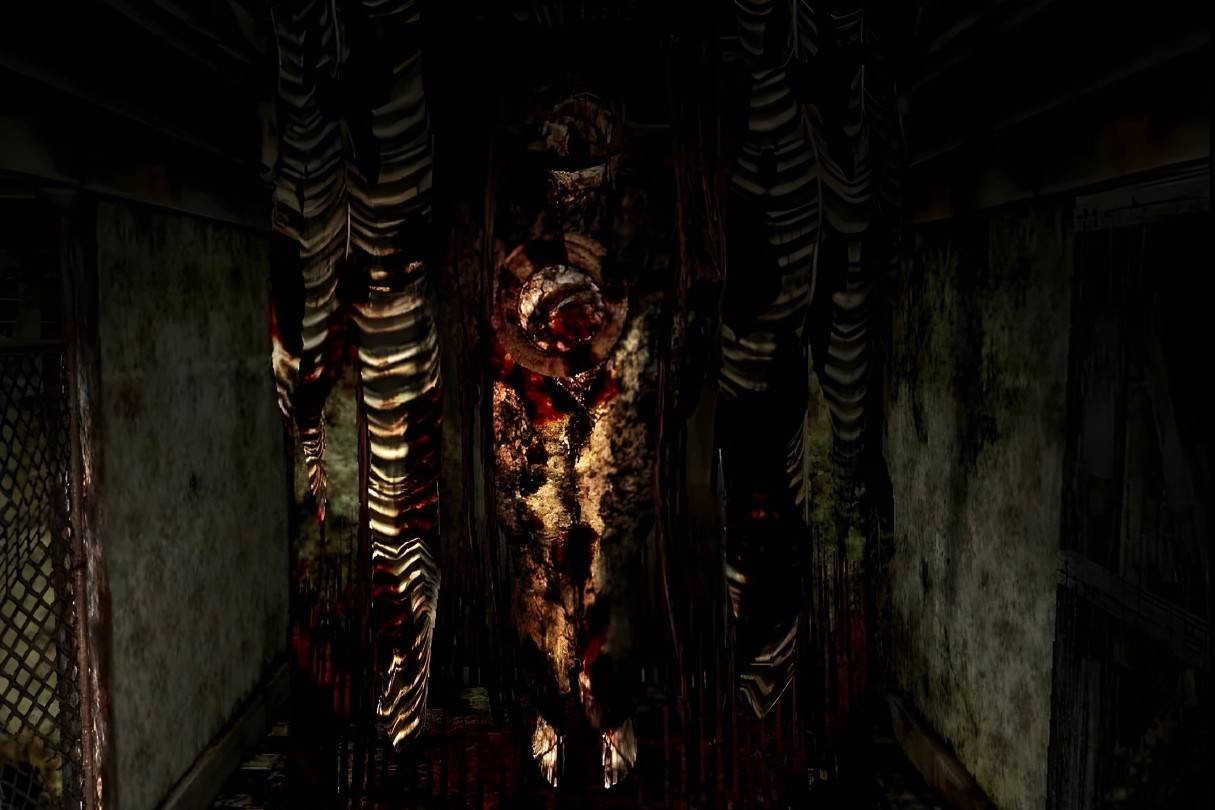
The Glutton, appearing in *Silent Hill 3* (2003), is a massive, immobile creature blocking Heather Mason's path. Though it poses no direct threat, it serves as a major obstacle. Referenced in *Lost Memories: Silent Hill Chronicle*, the Glutton is linked to the fairytale *Tu Fui, Ego Eris*, symbolizing helplessness in the face of fate, mirroring Heather's struggle.
Closer
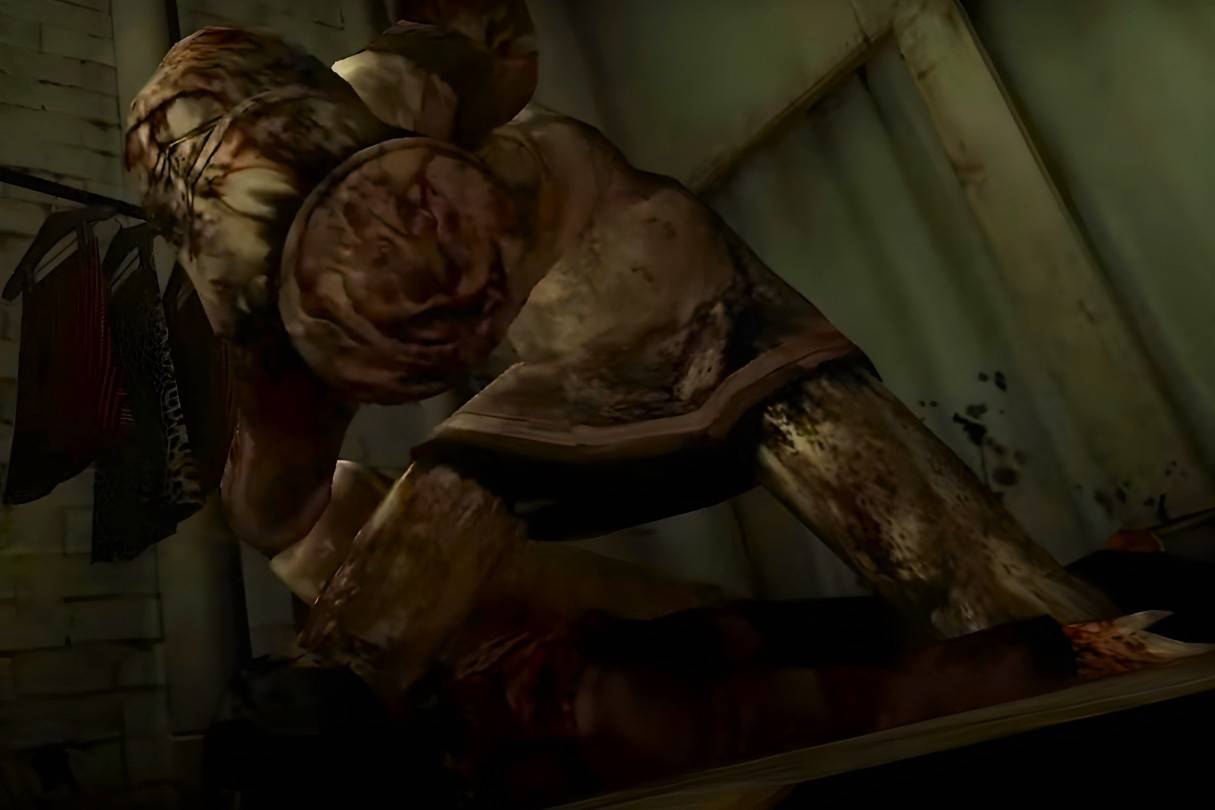
The Closer, first encountered by Heather Mason in *Silent Hill 3* (2003), is a towering figure with thick, stitched arms and twitching lips. *Lost Memories: Silent Hill Chronicle* states its name refers to its ability to block paths.
Insane Cancer

The Insane Cancer, from *Silent Hill 3* (2003), is described in *The Book of Lost Memories* as a "cancer running wild," its grotesque, tumor-like form reflecting disease and corruption. It may symbolize Silent Hill's spreading evil or Alessa Gillespie's lingering self-loathing.
Grey Children
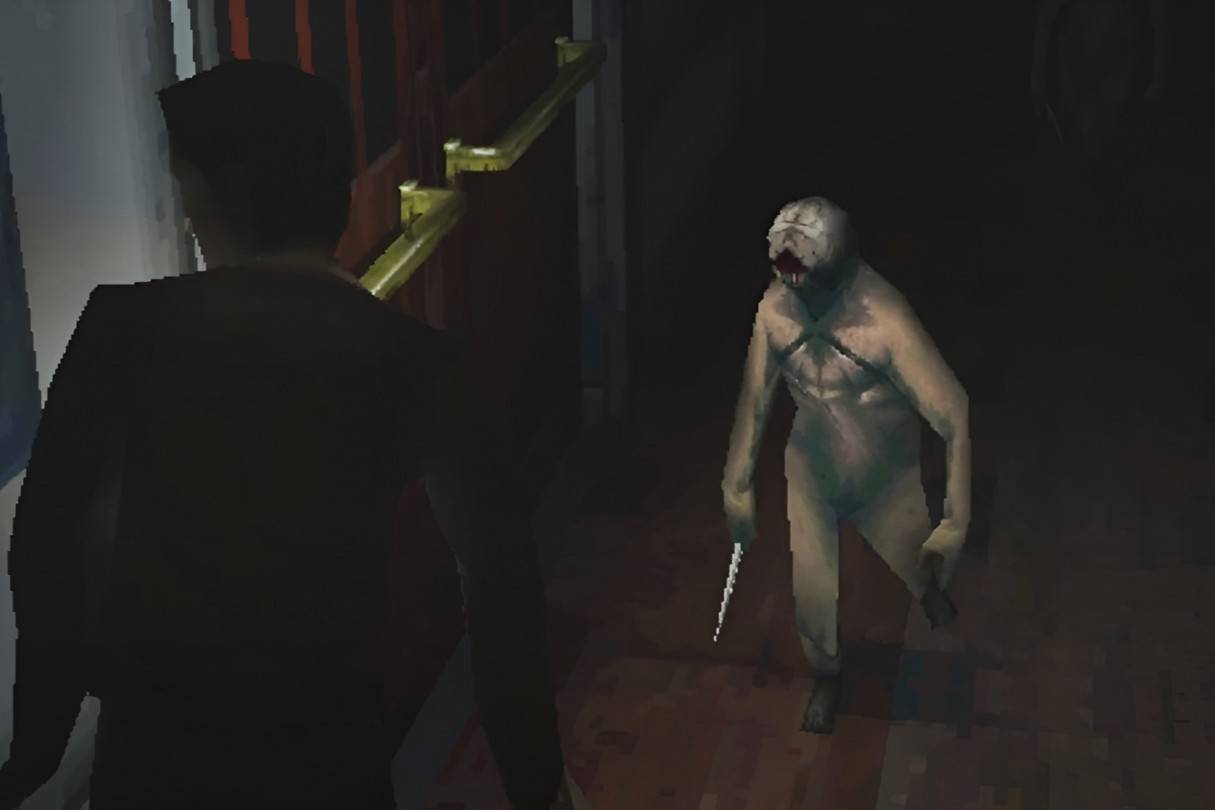
Grey Children (also Demon Children), first appearing in *Silent Hill* (1999), are manifested from Alessa Gillespie's trauma, representing her bullies. Trapped in an eternal childhood, they suffer the same torment Alessa endured.
Mumblers
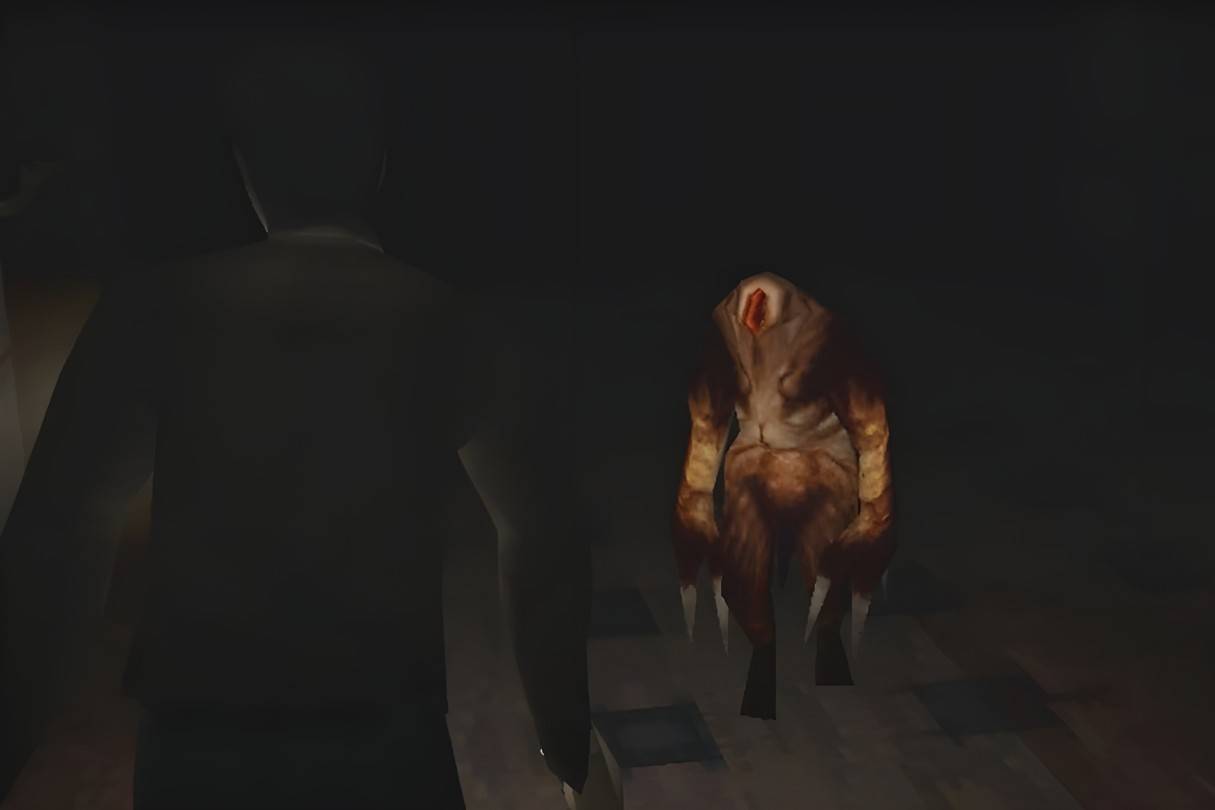
Mumblers, from *Silent Hill* (1999), are small, grotesque creatures that react aggressively to light. These monsters embody a dark reinterpretation of menacing animals and demons from fairy tales that Alessa Gillespie read as a child.
Twin Victims
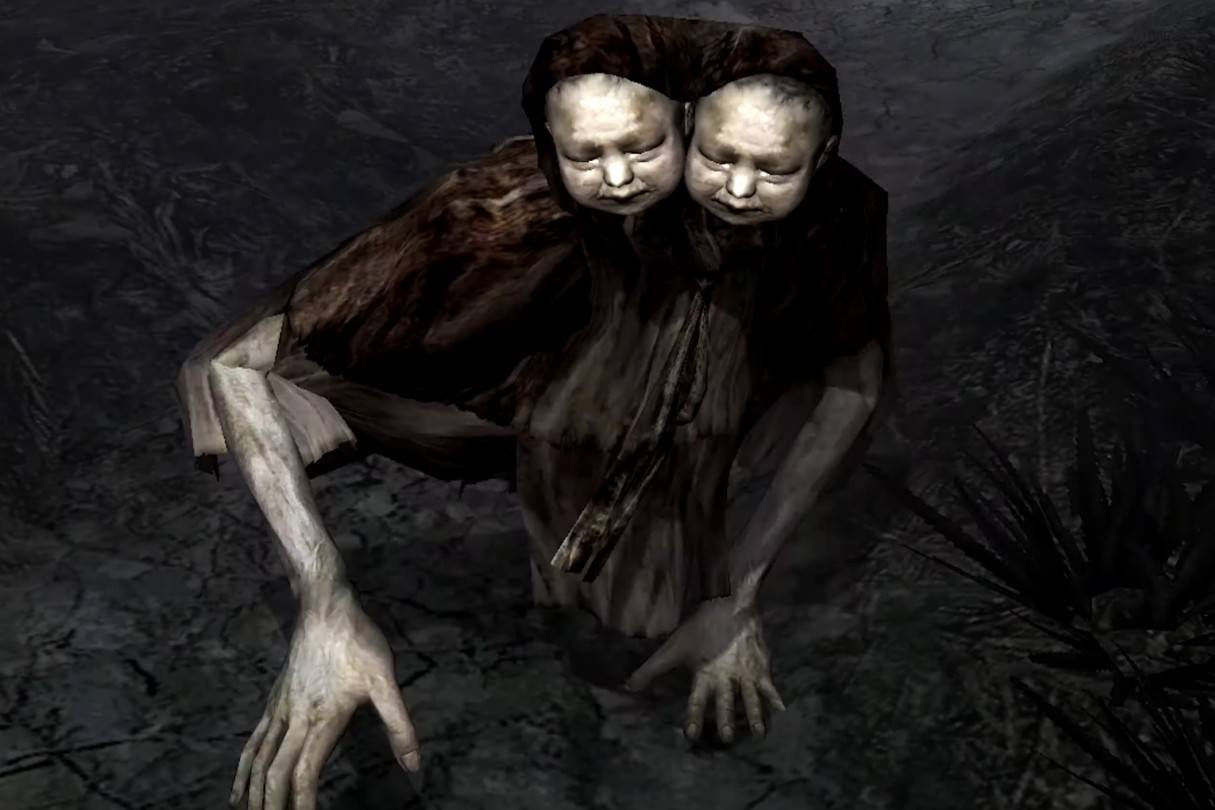
Also known as Doublehead, Twin Victims from *Silent Hill 4: The Room* manifest Walter Sullivan's seventh and eighth victims, twins Billy and Miriam Locane. Their conjoined nature may symbolize Walter's obsessive attachment to his mother.
Butcher
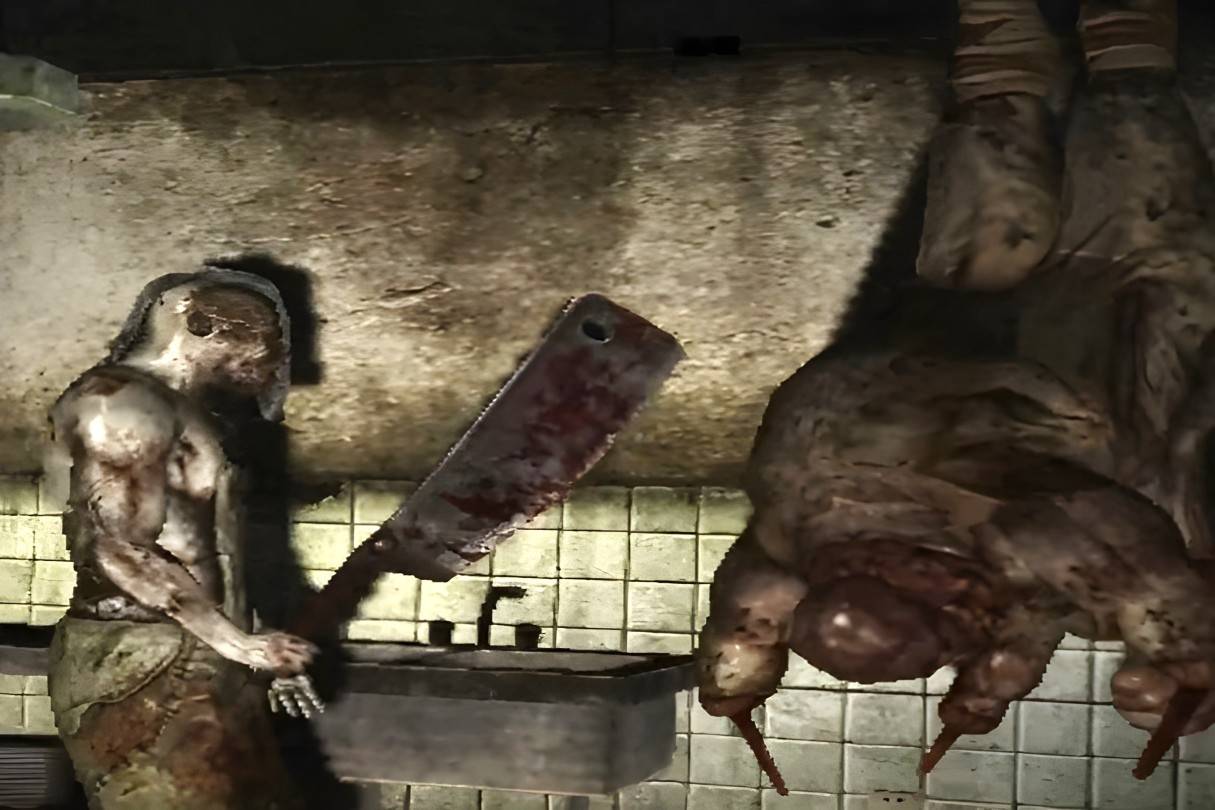
The Butcher, a major antagonist in *Silent Hill: Origins*, represents cruelty and sacrifice, reflecting the Order's brutal rituals and Travis Grady's inner rage.
Caliban
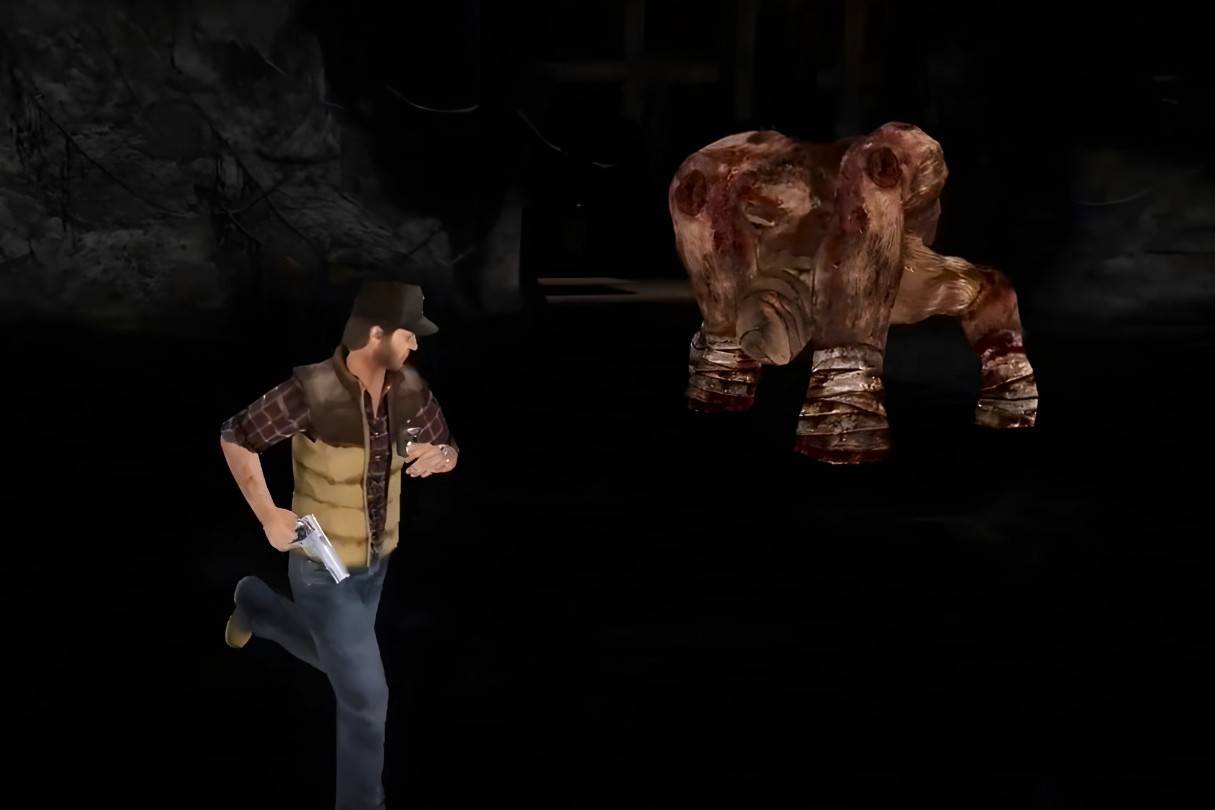
Caliban, a monster in *Silent Hill: Origins*, takes its name from Shakespeare's *The Tempest*, referencing a monstrous figure that frightened Alessa. The monster's design and presence symbolize Alessa's fears.
Bubble Head Nurse
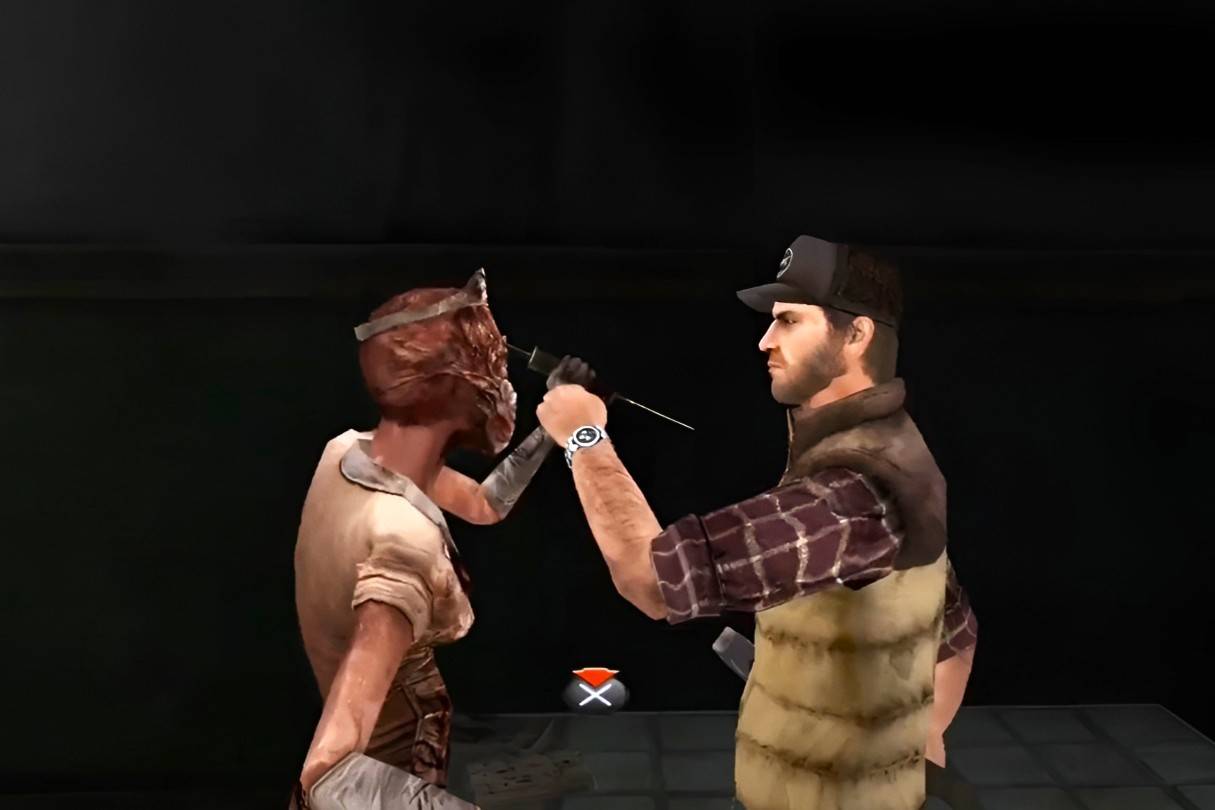
Bubble Head Nurse, from *Silent Hill 2*, manifests James Sunderland's subconscious, symbolizing his guilt and repressed desires. Their swollen, twitching heads represent Mary's illness and suffocation.
The monsters of Silent Hill serve as more than just enemies—they are psychological manifestations of fear, guilt, trauma, and repressed emotions. Each creature embodies unique symbolism, deeply tied to the protagonist's subconscious struggles and the town's dark influence. Their haunting presence reinforces the series' signature blend of psychological horror, making it a masterpiece of unsettling storytelling and deep symbolism.
- 1 STARSEED Update: Codes for January 2025 Released Feb 25,2025
- 2 Pokémon TCG Pocket: Wonder Pick Date, Time, and Promo Cards – February 2025 Mar 03,2025
- 3 How to Get All Ability Outfits in Infinity Nikki Feb 28,2025
- 4 Project Zomboid: All Admin Commands Jan 05,2025
- 5 Black Myth: Wukong Tops Steam Charts Days Before its Launch Jan 07,2025
- 6 Silent Hill f: first big trailer and details Mar 22,2025
- 7 inZOI, a Korean Sims-Like, Delayed to March 2025 Mar 01,2025
- 8 Call of Duty Announces Black Ops 6 Updates Feb 08,2025
-
Budgeting & Investing: Your Guide to Financial Apps
A total of 9
-
Addictive Hypercasual Games for Quick Play
A total of 10
-
Best Role Playing Games for Android
A total of 10




